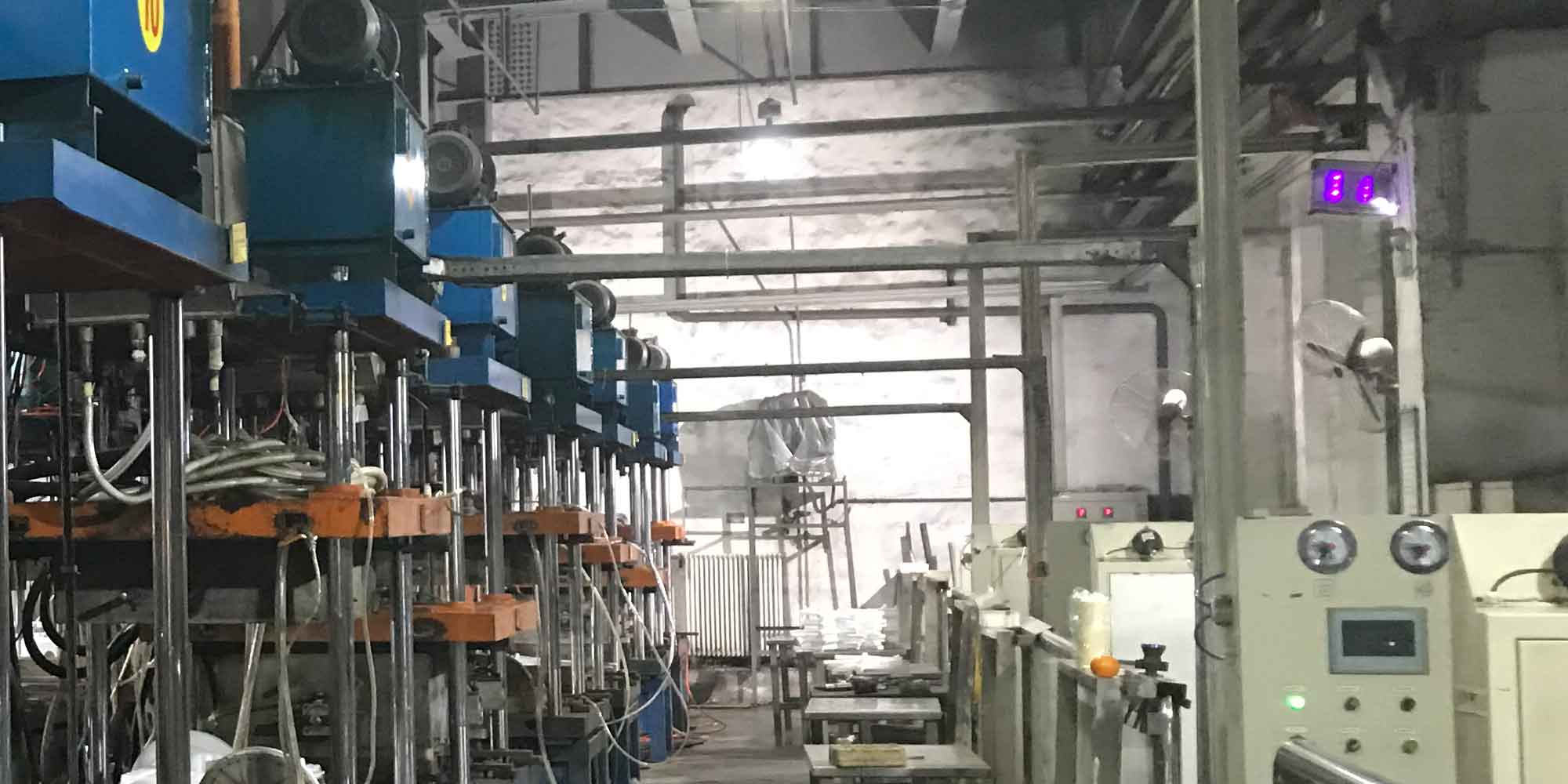
Lost foam casting is a type of evaporative-pattern casting process that uses a foam pattern, which is vaporized by molten metal to create complex metal parts. This process is particularly advantageous for producing intricate components and offers several benefits over traditional casting methods like sand casting or investment casting, especially when complexity and accuracy are critical. Here are some of the primary advantages of lost foam casting for complex component production:
1. Complexity and Detail
- High Precision and Detail: Lost foam casting allows for the production of extremely complex geometries, including undercuts, passageways, and intricate details, without the need for cores or separate molds. The foam pattern can be created with a high level of detail, which is accurately transferred to the final metal part.
- One-Piece Construction: Components that would typically require assembly of multiple pieces can often be cast as a single piece, reducing assembly operations and increasing the strength of the component.
2. Reduced Machining and Finishing
- Smooth Surface Finish: The smooth surface of the foam pattern results in a correspondingly smooth surface on lost foam casting part, which often reduces or eliminates the need for post-casting machining and surface finishing.
- Dimensional Accuracy: The accuracy of the foam patterns and the precision of lost foam casting process result in high dimensional accuracy, reducing the amount of machining required to meet specification tolerances.
3. Cost-Effectiveness
- Material and Cost Efficiency: Lost foam casting can be more material-efficient than traditional casting methods, as it typically results in less waste and fewer risers and feeders. This efficiency translates into cost savings, particularly with expensive materials.
- Tooling Costs: Since there is no need for core boxes and the molds used in lost foam casting are often simpler than those used in traditional sand casting, the tooling costs can be significantly lower.
4. Versatility in Materials
- Material Flexibility: This method is suitable for casting a wide range of metals and alloys, including iron, steel, aluminum, and nickel-based alloys. This versatility allows manufacturers to use lost foam casting for various applications across industries.
- Material Properties: The process can produce parts with excellent mechanical properties because the metal cools and solidifies uniformly around the foam pattern.
5. Streamlined Production Process
- Simplified Production Steps: The lost foam casting process eliminates certain production steps found in traditional casting methods, such as core production and mold assembly, which streamlines the manufacturing process.
- Rapid Prototyping Compatibility: Foam patterns can be quickly produced using conventional foam cutting or molding techniques, as well as more modern methods like CNC machining or 3D printing, facilitating rapid prototyping and iterative design.
6. Environmental and Safety Benefits
- Reduced Environmental Impact: Since there is no need for binders or sand in the mold, there is a reduction in the waste products and emissions typically associated with sand casting.
- Improved Worker Safety: The process is cleaner and potentially safer, as it avoids some of the hazardous materials (like silica dust) and operations involved in traditional casting processes.
7. Scalability
- Adaptability for Large Production Runs: While lost foam casting is advantageous for small to medium-sized production runs due to its relatively low tooling costs, it’s also scalable to larger production volumes without a significant increase in cost.
Lost foam casting is particularly beneficial for industries such as aerospace, automotive, and art, where complex geometries and precise details are crucial. This process not only enhances the design freedom but also improves the overall efficiency and cost-effectiveness of the production of complex components.
